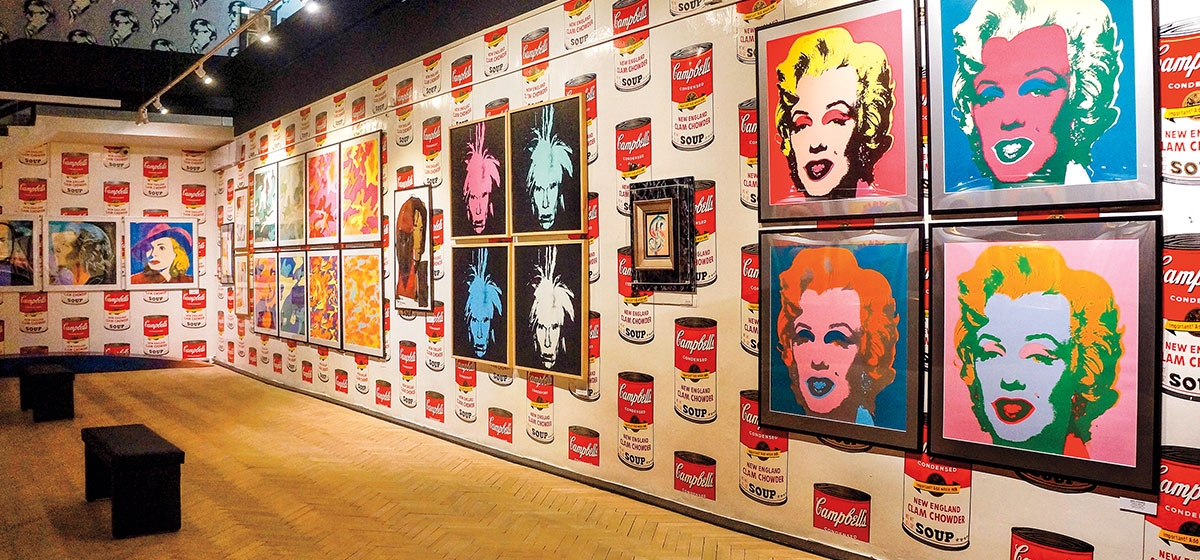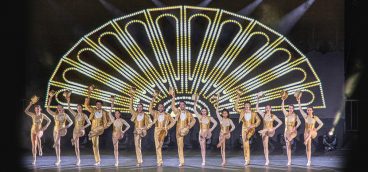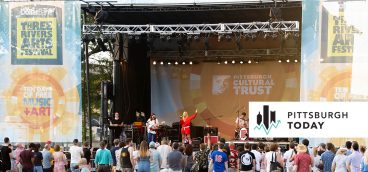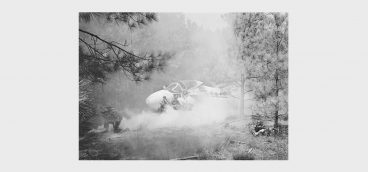Exploring Andy Warhol’s Ancestral Home

Andy Warhol once said that he came “from nowhere.” And if ever you find yourself exploring the Lower Beskid mountains along the Polish-Slovak border, you might think he was right. At first glance, it appears there are no signs human beings were ever there. But if you look closer, you’ll realize that the holes and depressions in the ground are old trenches and bomb craters. And the moss-stained rocks are the remains of old war cemeteries and abandoned villages.
When Warhol’s parents left this place for America in the early 20th century, Mikova was a small village in the northeastern outskirts of the Austro-Hungarian Empire that had strategic military importance. It was just a couple of miles from two major passes in the Carpathians, the region’s most important mountain range.
In his memoirs, Stanislaw Sosabowski recorded the hardships of fighting in those mountains in the winter of 1915. “Fighting with bayonets we’ve conquered Cerna Hora. Winter at its peak. We’re moving in snow up to the waist. There’s rock beneath the snow. We slept in the snow for a couple of days before receiving mattocks to dig huts in the stone. Then we waited for blankets and stoves. Our lines were hit hard by typhus fever.”
Andy’s father, Andrej Warhola, saw none of that. He dodged the draft in 1912 and escaped to the United States.
His wife, Julia (née Zavadska), stayed and saw it all. “Dead bodies were scattered in [a] forest and on meadows. Skulls of soldiers shined as large white mushrooms long after the war was over,” her son, Paul, remembers her saying. When she left in 1921, Mikova had become part of a new country, Czechoslovakia.
Warhol’s parents were not alone. In the late 19th century, about one in five people living in the region left. Pittsburgh was one of the most common destinations. “Once 950 people lived here,” said Jan Zavadsky, Andy’s cousin and the last close relative still living in Mikova. “Most of them were Zavadskys and Warholas. Now there are 120, and 80 of them are gypsies. The village is dying.”
Warhol’s “nowhere” is now a village with a couple of dozen houses and sheds on both sides of a narrow road. Some of them are ramshackle and clearly abandoned. Some are in good condition with modern cars parked outside. There are two churches, one Greek Catholic and one Orthodox. “There are five people attending the first one and two attending the second one,” said Zavadsky, now retired and in his 70s.
Andy never visited Mikova. As Zavadsky said, “Andrew had wealth, but nobody inherited anything from him.” Warhol’s brothers Paul and John, however, did visit, and Zavadsky, the youngest of 10 children, showed his cousins around. The annual highlight is the Mikova Festival of the Rusyn Culture, which was run for many years by Michal Zavacky, another of Andy’s cousins. The allure of Warhol’s hometown brought visitors from as far as France. However, Zavacky died in 2015 and popularity of the festival has declined, Zavadsky said. “Once there were 8,000 to 9,000 revelers and three days of festivities. Now, few people go.”
Zavadsky worked most of his life at the Tesla plant in a nearby city of Stropkov. During the communist rule, the company had a monopoly on all of the electronic equipment in Czechoslovakia. Now, it’s mostly making intercom systems.
“There were buses in the village bringing us to the factory. Now they’re gone,” Zavadsky said. “There was never any work here.” Now, a few buses in the morning and around the afternoon are going in the other direction—to Medzilaborce, a city in Slovakia a few miles to the east. Medzilaborce has long been known for its glass industry and the crystal chandeliers that are still manufactured there. Now, it’s also known for Andy Warhol and is the home of the Andy Warhol Museum of Modern Art.
“Our great luck was that when the museum was founded, there was a mayor, called Milaňák. He realized what a treasure it was and helped us establish the museum,” said Michal Bycko, art manager and curator at the museum. In 1991, the name of the main road was changed from Lenin to Warhol, and the new museum had 11 paintings. Almost 30 years later, it exhibits about 200, all but 44 of which are borrowed from private collections. While you can see Warhol’s famous works in the four main exhibition rooms, such as Marilyn Monroe, there are more obscure prints that are more connected to the region—Red Lenin, Hammer and Sickle and a photo with the pope, for example.
The museum is planning its first renovation in decades under Martin Cubjack, who became museum director last year. Today, it draws about 30,000 to the small Slovakian city. “We have Slovaks on school trips, but most of the tourists are from abroad, mostly from Poland, Germany, but they are from all over the world.” Bycko said. “Warhol is a world brand, a cosmopolitan being. Everyone knows him.”
Why the museum isn’t more popular among local residents is complicated, but Bycko suggests bloodlines have something to do with it. “Warhol basically wasn’t Slovak. He was Ruthenian by parents. Slovaks will never accept Warhol. We are too haughty. Everyone would like him to be at least Picasso. Our artists ridicule Warhol for being kitschy.”
Jakub Mejer is a journalist from Poland. His works in English were published in the MUBI Notebook and the “Earth Island Journal.” Tamara Peterková is a Slovak journalist born in Trnava, currently studying at The Comenius University in Bratislava.





